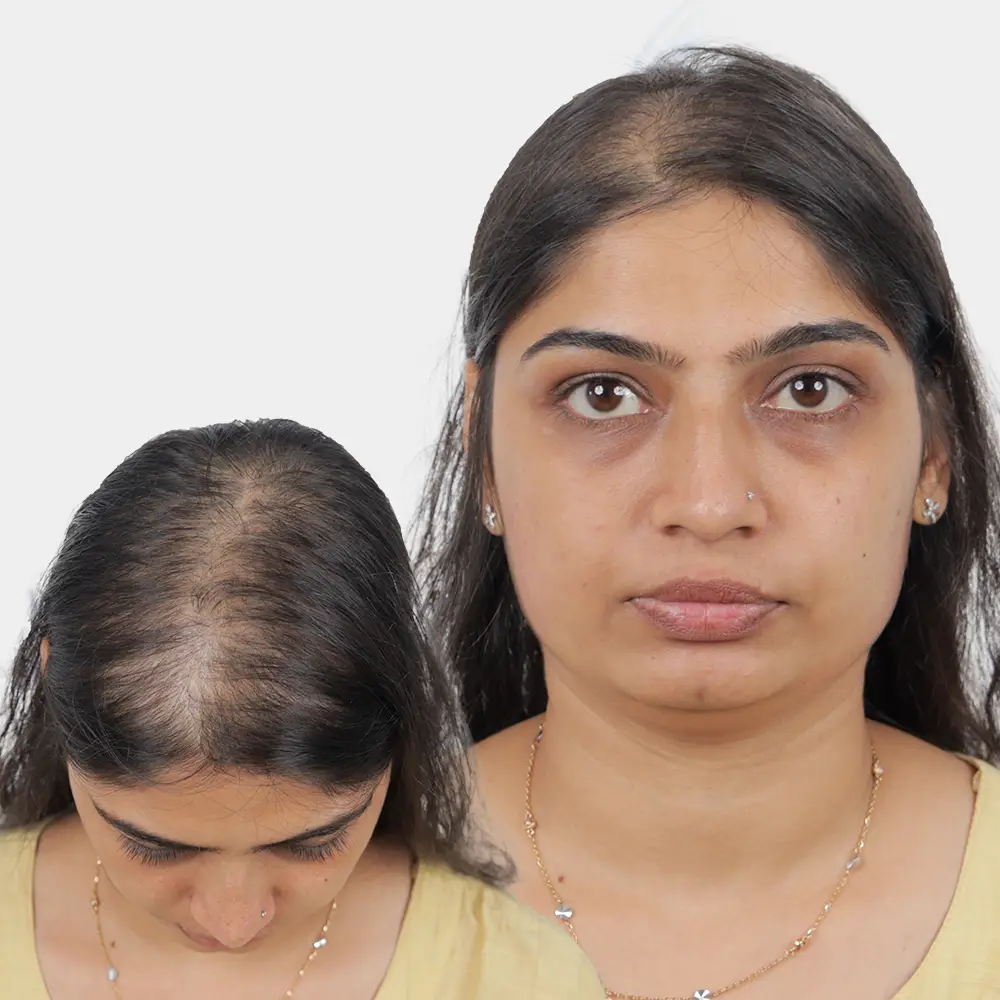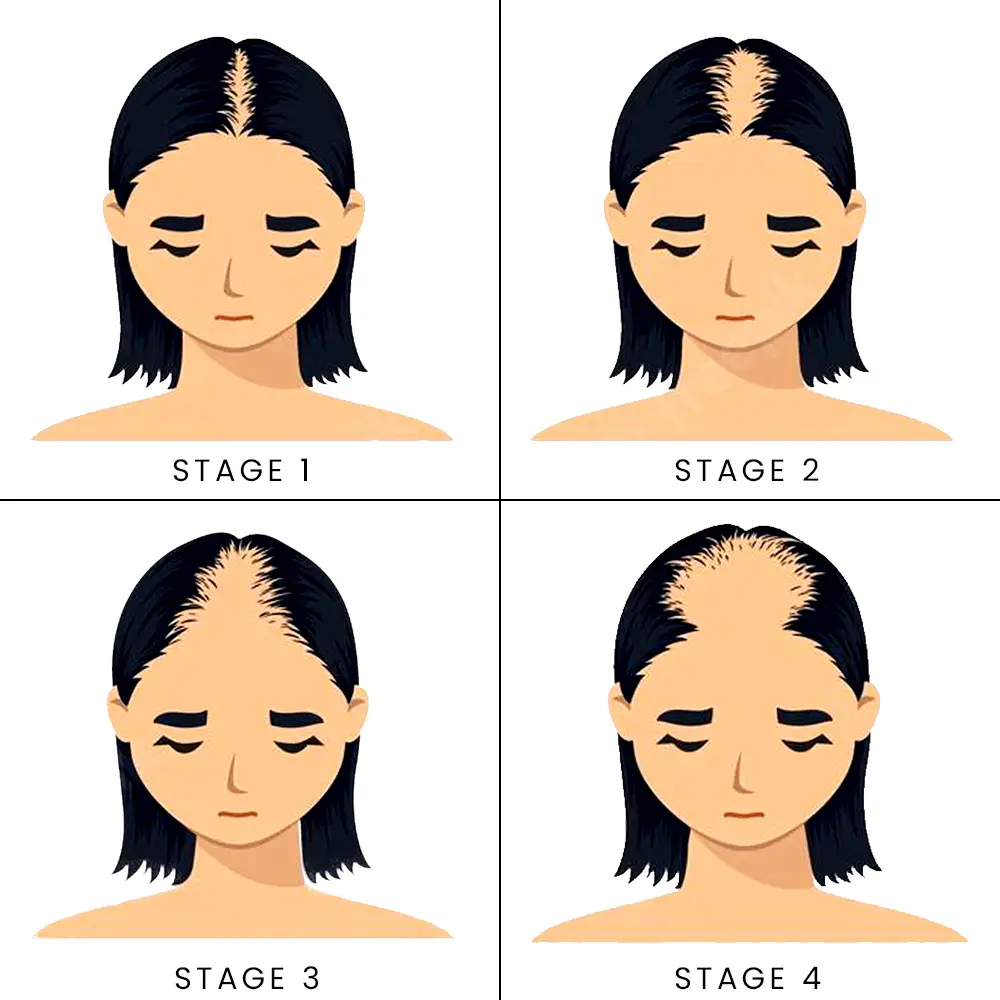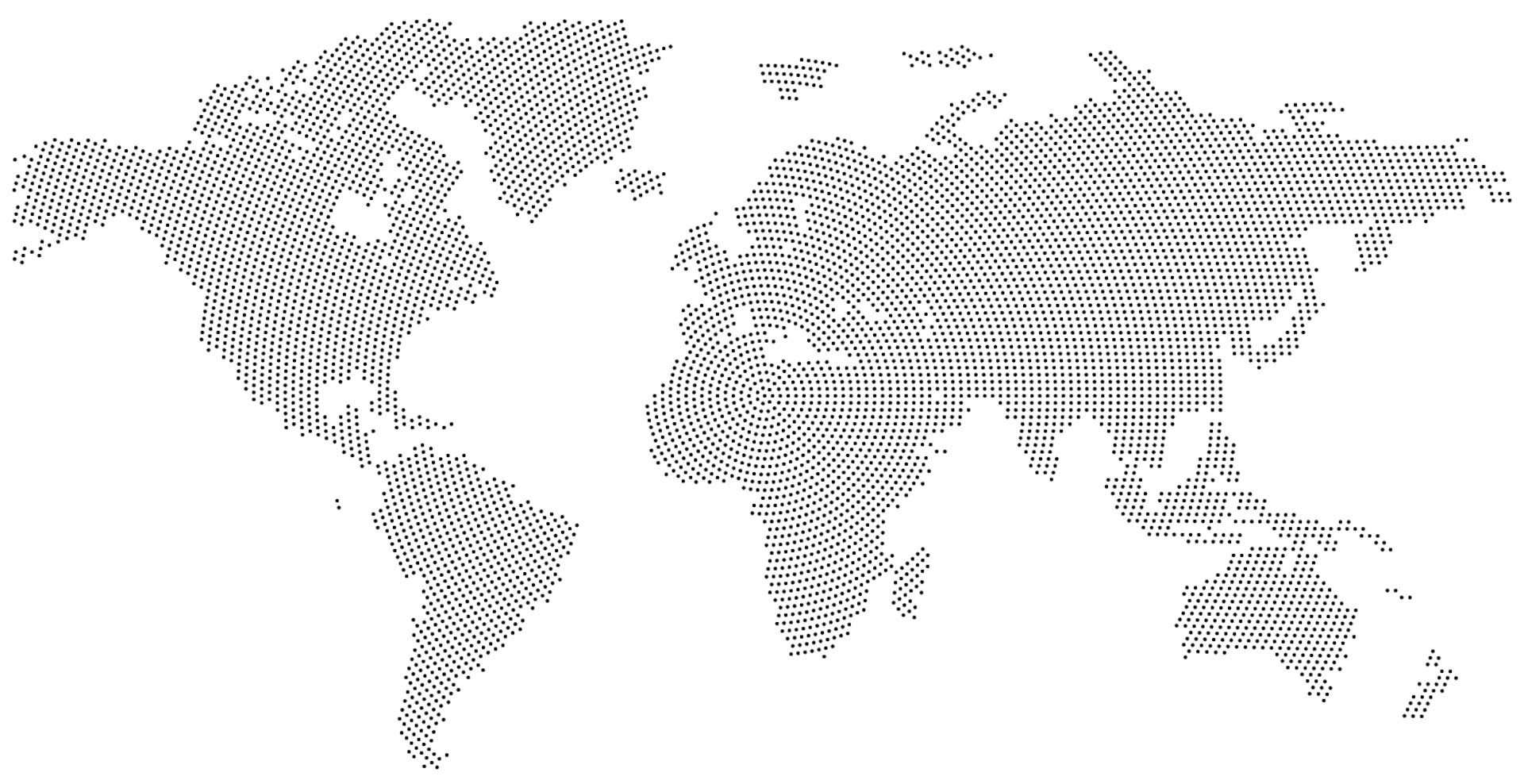Female Pattern Hair Loss (FPHL) is a pattern of hair loss (alopecia) caused by hormones, aging, and genetics. FPHL is characterized as a nonscarring diffuse alopecia that evolves from the progressive miniaturization of hair follicles and subsequent reduction in the number of hairs, especially in the central, frontal, and parietal scalp regions Unlike male-pattern baldness, female-pattern baldness is an over-all thinning which maintains the normal hairline.



There are two types of identification tests for female pattern baldness: the Ludwig Scale and the Savin Scale.
Both track the progress of diffused thinning, which typically begins on the crown of the head behind the hairline, and becomes gradually more pronounced.
Female pattern baldness can affect anyone assigned female at birth. It can also happen at any age. Hair loss can affect you in your 20s and 30s. However, you’re more likely to have female pattern baldness if you have a family history of hair loss or after menopause.

- The chances of getting female pattern baldness increase with age. Female pattern baldness affects about one-third of all women at some point during their lives.
- Female pattern baldness comes from hormone imbalances, specifically dihydrotestosterone imbalances, or DHT. This hormone is similar in structure to testosterone, but it is significantly more potent. DHT can attach to receptors on the hair follicles, causing the follicles to shrink.
- Androgens undergo peripheral aromatization in adipose tissue to make oestrogens. In females, oestrogen is necessary for the development of pubic and axillary hair. Oestrogens, on the other hand, have long been known to have a significant impact on hair follicle changes affecting the growth of hair follicles through binding to high-affinity, locally produced oestrogen receptors.
- Due to the depletion of finite ovarian follicles, menopause is accompanied by a decrease in oestrogen and progesterone release, which can lead to hair and skin illnesses . After menopause, the higher frequency of developing female pattern hair loss indicates that oestrogens play a role in the stimulation of hair growth.
- You’re more likely to have female pattern baldness if your first-degree relatives have hair loss.
There are several possible causes of hair loss in women, including:

Patients Feedback
Positive Feedback From Our Patients From All Over The World






